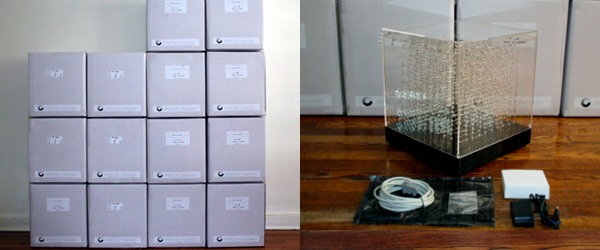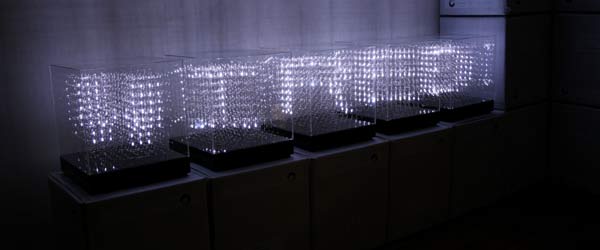In our view there are two primary business models that have seen success in the open source software world: 1) Free Trial, Pay for Full Version and 2) Giveaway Product, Charge for Service and Support. We briefly touch on them here and welcome comment.
1) Free Trial, Pay for Full Version
The open source version is given away as a "trial" product. This version would have limited functionality. Most satisfied customers will then upgrade to a full version of the software that is not available 100% as an open source product. They charge customers for the full functionality product.
2) Giveaway Product, Charge for Service and Support.
Some companies will give away the full version of the software as an open sourced solution. The customers are latered charge for service and support of this free software. Valuing these companies occurs on a combination of their unit marketshare and their revenue for service and support.
If you know of any other successful business models to tout, then please let us know. We are looking for the most innovative models as we start our new businesses.




